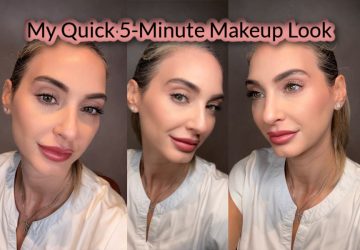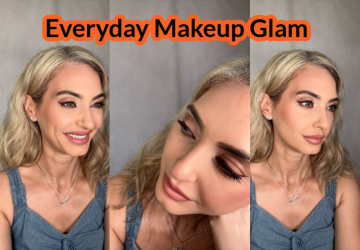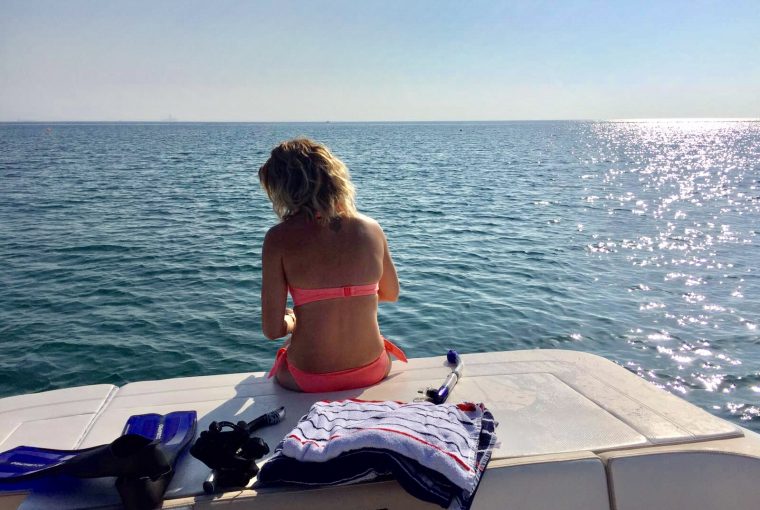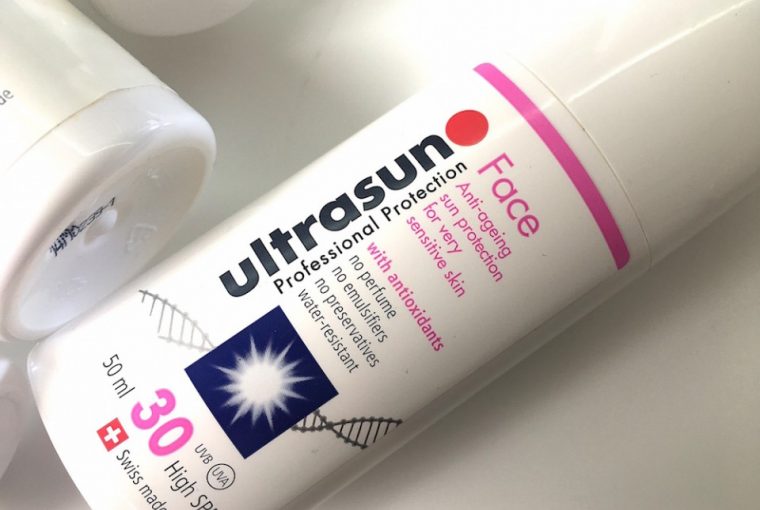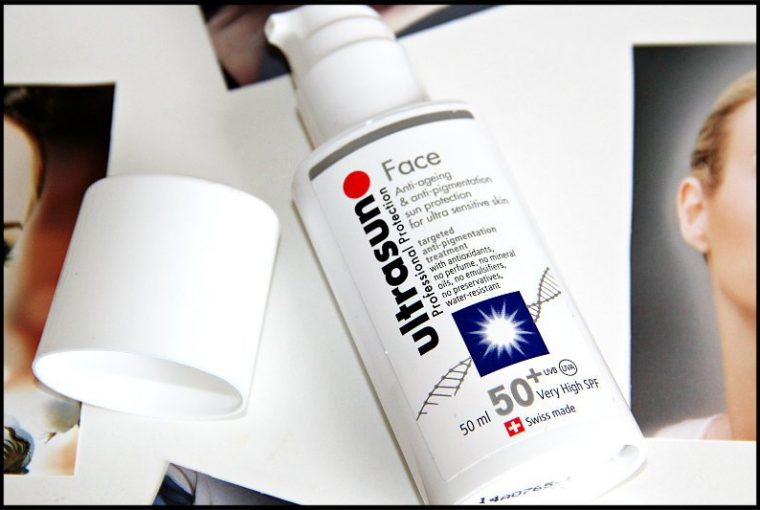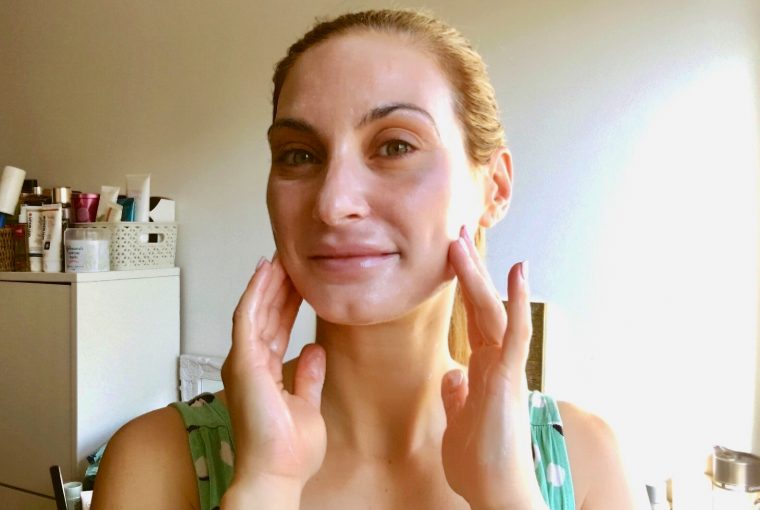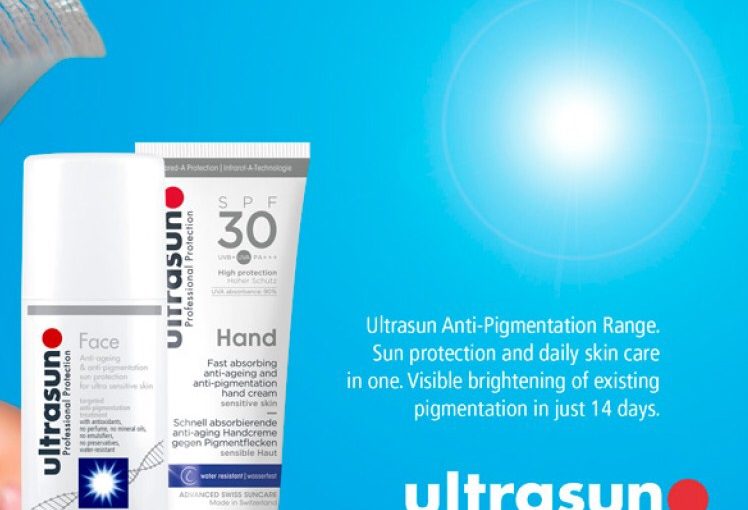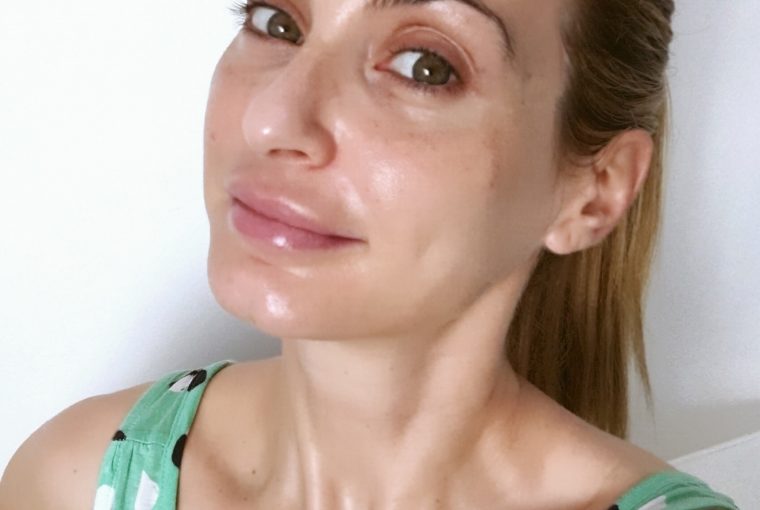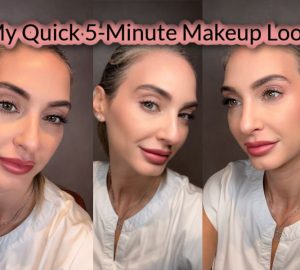The summer is in full force and many of you are getting ready for summer holidays. I say ‘you’ and not ‘us’ as I am 36 weeks pregnant and therefore will not be heading anywhere this summer. However whether staying at home to enjoy the sunshine or travelling abroad, sun protection is a must and should be on the everyones’ holiday shopping list. Furthermore, my opinion is that sunscreen should never be restricted to summer alone especially when living in Cyprus. We can discuss this in another article. Today, I want to make sure that we are all applying our sun protection correctly so that it can do its job fully.
What Does Sunscreen Do?

Sunscreen help prevent the sun’s ultraviolet (UV) radiation from reaching the skin. There are two types of ultraviolet radiation, UVA and UVB, which damage the skin, age it prematurely, and increase our risk of skin cancer.
UVB is the chief culprit behind sunburn, while UVA rays, which penetrate the skin more deeply, are associated with wrinkling, leathering, sagging, and other light-induced effects of aging (photoaging). Sunscreens vary in their ability to protect against UVA and UVB so choose wisely.
Who Should Use Sun Protection?
Anyone and everyone over the age of six months should use daily sun protection.
Children under the age of six months should not be exposed to the sun, since their skin is highly sensitive to the chemical ingredients in sunscreen as well as to the sun’s rays. Shade and protective clothing are the best ways to protect infants from the sun.
How To Choose Sunscreen
- Opt for a broad spectrum sunscreen lotion, gel or spray that is non-comedogenic and hypoallergenic. Broad spectrum helps protect from UVA and UVB rays and non-comedogenic and hypoallergenic helps safeguard the skin from rashes, clogged pores, acne, and sun burns.
- Look for Titanium Dioxide or Zinc Oxide in the ingredients listing.
- Water-resistant or waterproof formulas will bind better to the skin and are far less likely to be wiped away. It’s a good idea to reapply sunscreen anyway if you have been in water for a long time for a swim or sweating heavily, to ensure our skin is protected.
How To Apply Sunscreen
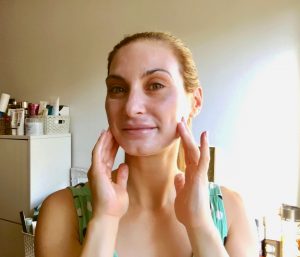
Sunscreen needs to be applied evenly to the skin in order to provide uniform protection and it requires time to dry and bind with the skin (approximately 15 to 20 minutes) for it to be effective. Personally, I always allow 30 minutes in order to ensure maximum protection.
Apply Sunscreen Before or After Moisturiser?
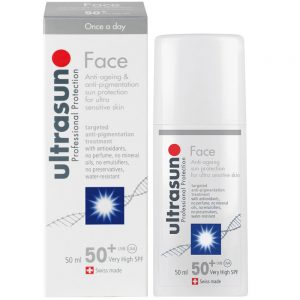
There are formulations that combine moisturiser and sun protection in one so it comes down to personal choice whether to choose combined or not. Personally, I like to apply my serum and moisturiser first. Once these have absorbed, I then apply my sunscreen. My sunscreen of choice is Ultrasun which is a once-a-day formula.
How Long Before Sun Exposure Should Sunscreen Be Applied?
Sunscreen should be applied 30 minutes before sun exposure to allow the ingredients to fully bind with the skin. If not using a once a day formula then most sunscreens require to be reapplied every two hours.
Can I Apply Sunscreen Under Makeup?
Of course, sunscreen can be applied under any type of makeup. If using a makeup primer, apply sunscreen first, allow to dry then apply makeup primer and follow with foundation.
Can I Apply Sunscreen If I Am Pregnant?
Being pregnant means it is even more important to be protected in the sun. Our body’s pigment-producing cells (called melanocytes) kick into overdrive during pregnancy, making our skin more susceptible to UV-induced discoloration. Try and avoid sunscreen with oxybenzone as there are conflicting studies to whether it is safe to use during pregnancy. Opt for zinc oxide and titanium dioxide, which lie on the surface of the skin instead, products with oxybenzone permeate the skin allowing chemicals to absorb into the bloodstream.
Other Top Tips For Summer Sun Protection
- Apply sunscreen generously and remember to apply to the feet as well.
-

Secrets in Beauty Sun Protection Wear protective clothing like a hat and sunglasses. Have ready t-shirt and shorts to cover up if needed.
- The sun’s rays are at their peak during the hours of 10.00 and 16.00. Take the time to enjoy the shade during these times.
- Drink plenty of water as this will help prevent overheating and dehydration.
- If pregnant, hide the bump. A pregnant belly catches the sun rays from every angle so it’s more vulnerable to getting burned. We do not want our Linea Negra to get darker. This is the pregnancy dark vertical line that appears on the abdomen in about three quarters of all pregnancies. To prevent any darkening, it is best not to let it see the light of day. Cover it up!
If you have any questions, please ask in the comments section below or send me a message.

